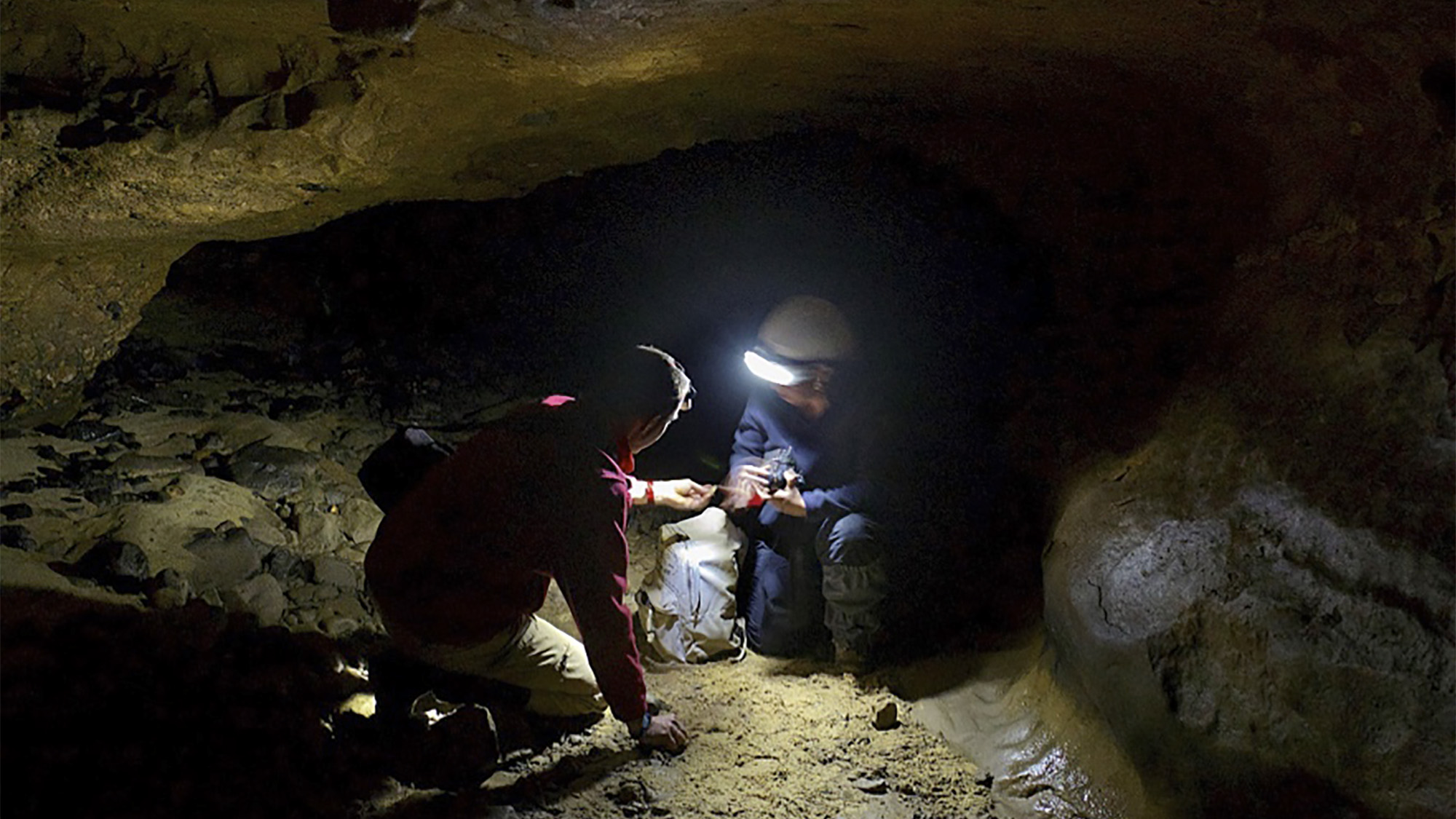A recent study, with the participation of the Institute of Evolutionary Biology (IBE), has analyzed five genetic sequences of fossil DNA and has concluded that Neanderthals and Homo sapiens have a great genetic proximity.
The analysis, carried out on the Y chromosome as a novelty (since the majority of well-conserved samples studied until now were from women), has led the authors to hypothesize that hominids related to the H. sapiens lineage and Neanderthals had an encounter 300,000 years ago. In that encounter, some of H. sapiens genes were transferred to Neanderthals, thus replacing the ones that they had thus far shared with another species of hominids, the Denisovans (located in the Denisova cave, in Siberia).
“With this study, we discovered not only a new migration from Africa to Europe about 300,000 years ago, but we can also make a prediction: the Y chromosomes prior to this date will be more similar to those of Denisovans than to those of Neanderthals themselves”
Carles Lalueza Fox
(Principal Investigator of the Paleogenomics Lab IBE)
Although previous studies have shown that Denisovans and Neanderthals were phylogenetically closer than H. sapiens (with whom they coincided in space and time for more than 400,000 years), the new results have positioned Neanderthals as the “modern human’s closest human group “.
The analysis, therefore, has established the moment in which H. sapiens and Neanderthals came closer genetically, and has allowed us to continue advancing to better understand our past.
Martin Petr, et al. The evolutionary history of Neanderthal and Denisovan Y chromosomes. 2020. Science. Vol. 369, Issue 6511, pp. 1653-1656






